by Carolyn Edlund
Lettering expert and Instagram sensation Noah Camp is a 3D artist, illustrator, and typographer, interviewed about this fascinating and cutting-edge technique.
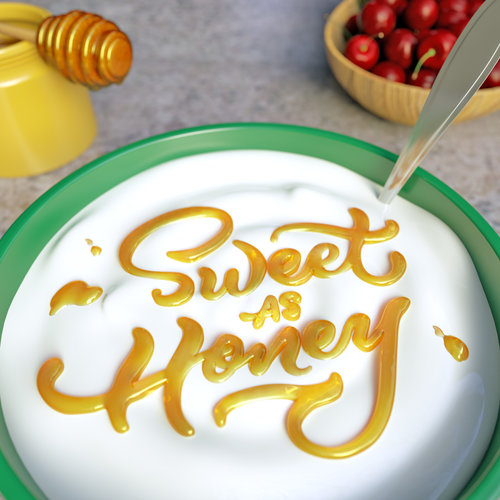
AS: What is 3D typography?
NC: 3D typography is the art of altering letters in computer software that brings the text to life. I like to describe it as the Pixar of lettering. The words appear as if you can reach out and touch them. The visual and creative limits to 3D typography are endless. It is possible to mix the real with the surreal in a single composition to create stunning and compelling visual pieces. The best 3D typographers create visual images that can stop you in your tracks at a glance.
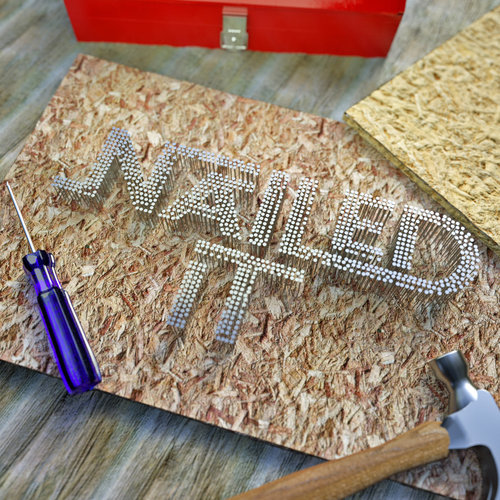
The most well known 3D typography pieces are animated movie titles. However, still images are becoming increasingly popular for use in art, advertising and editorials. As with Pixar, 3D type is created in 3D modeling software. Among the most popular 3D software programs used for this are Maxon Cinema 4D and Autodesk Maya. What distinguishes 3D modeling software from the traditional 2D is the multi-angle view and creation of an object. The process is more like sculpting than 2D drawing.

3D typography isn’t just making fonts into 3D objects; far from it. 3D type that is molded from the ground up is the most visually breathtaking. In order to build a dynamic 3D word, you have to know the foundations of typography, composition, sculpture, form, texture, and more. Behind every great Pixar character exists a sketch that exudes artistry. 3D typography is similar. I make sure the the 2D hand-lettering behind the piece is able to stand alone before adding the 3D elements.
.
.
AS: How did you learn to do 3D typography?
NC: My lettering and 3D worlds were separate for awhile. I have been a self-taught graphic designer since 2011. It wasn’t until the last few years in graphic design that I decided to stop relying upon fonts and get really serious about learning the principles of typography, hand-lettering, and calligraphy. After learning the rules of typography, I could effectively break them, and I was able to infuse personality into my letters.
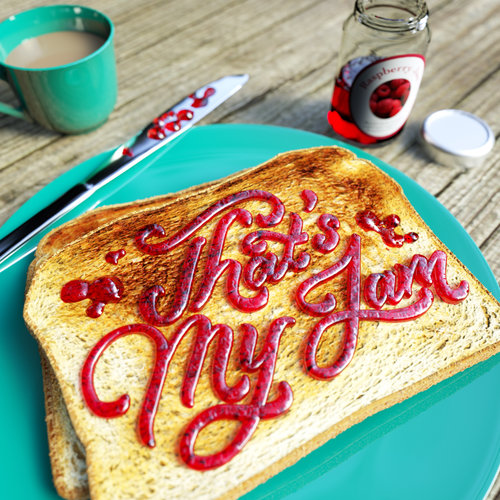
Meanwhile, my day job consisted of doing preproduction scenery for commercials, using 3D software to visualize the scene before the day of the shoot. I saw a few people beautifully combining the 3D world with typography, so I decided to give it a try. Then I started doing personal projects to mix typography and 3D art, and my hand-lettering took on a whole new life. I fell in love from the start, and the spark is still going strong.
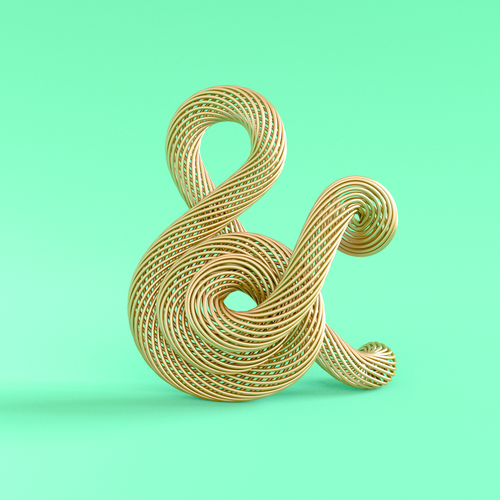
AS: How was the transition from 2D to 3D?
The transition from 2D to 3D was a bit jarring and disorienting in the beginning. Navigating the factor of a third dimension was a complicated adjustment. Learning the terminology was a challenge too, as words like “boole” and “fresnel” were not in my everyday vocabulary. But once you learn one 3D program, it is easier to learn the others.
I started in Google Sketchup, then went to Autodesk Maya, and settled on Maxon Cinema 4D. I was drawn to Cinema because it is the tool that many artists I admire tend to use. Cinema 4D also has a large community of self-taught 3D artists, so there are lots of resources out there to reference from.
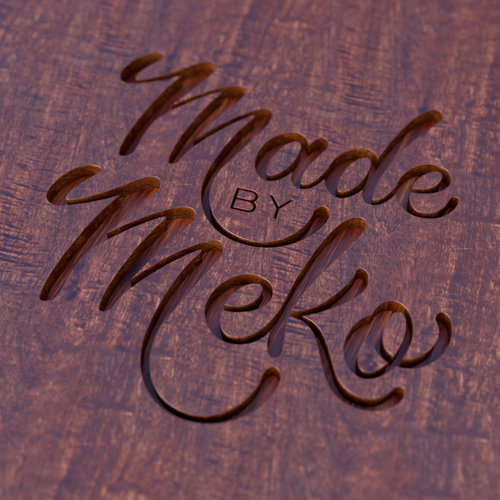
AS: How long does a finished piece usually take to do?
NC: It really depends on the piece. The 3D modeling technique that is needed for the final composition determines the time it will take, and this varies drastically. Once you start thinking in the 3D realm, some of the simplest looking things actually take the longest, and vice versa. If there is a complicated scene, there is a bit of automation, but to have the most control over the outcome, all the objects have to be built from scratch. Sometimes, it can take tens of hours for one piece.
I make sure the sketch is fully fleshed out before bringing it into the digital. Even when I do a lot of the refining in the sketching phase, there can still be a lot of polishing and finessing to do. On top of modeling the scene, I have to add the right texturing, lighting, and camera settings, often by trial and error. Sometimes it can feel like one big experiment, but I guess that’s how I see most of my art.
Learn more by following Noah on Instagram.



Speak Your Mind